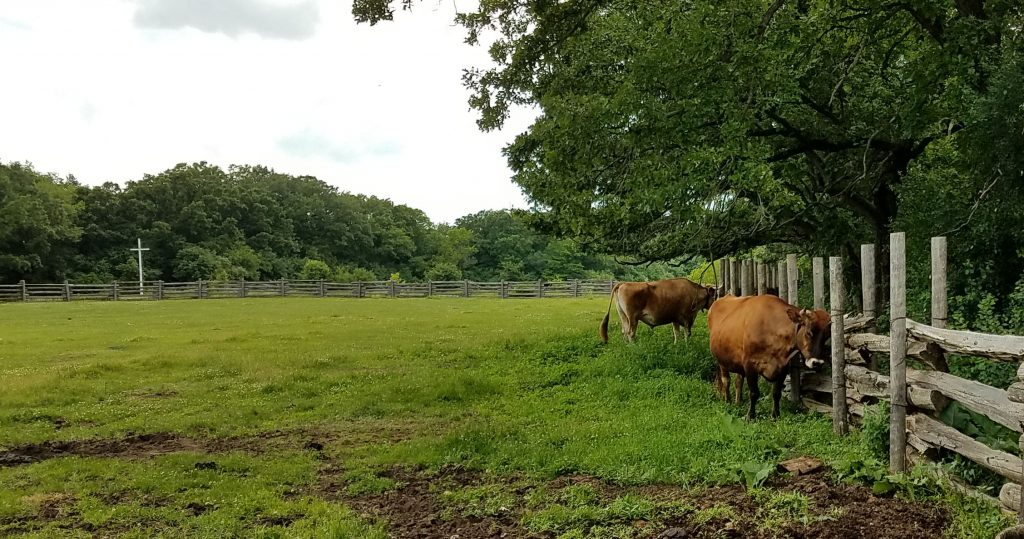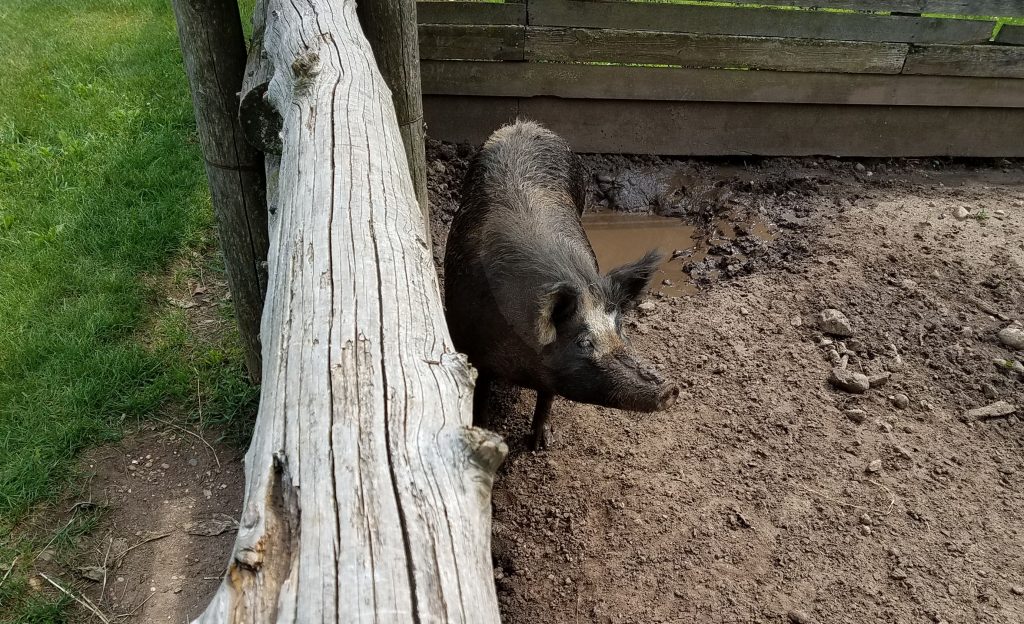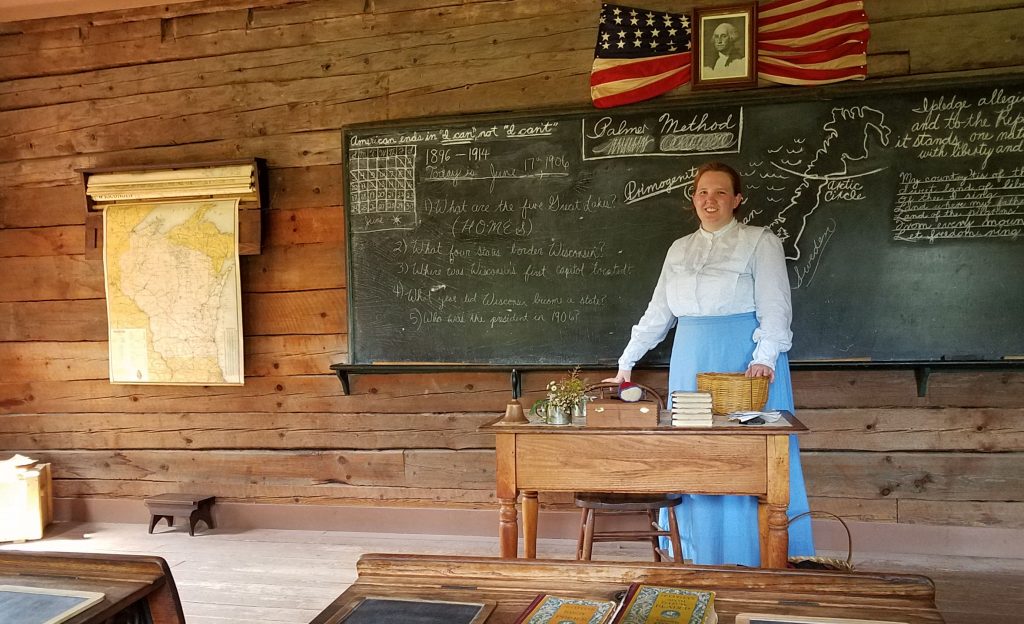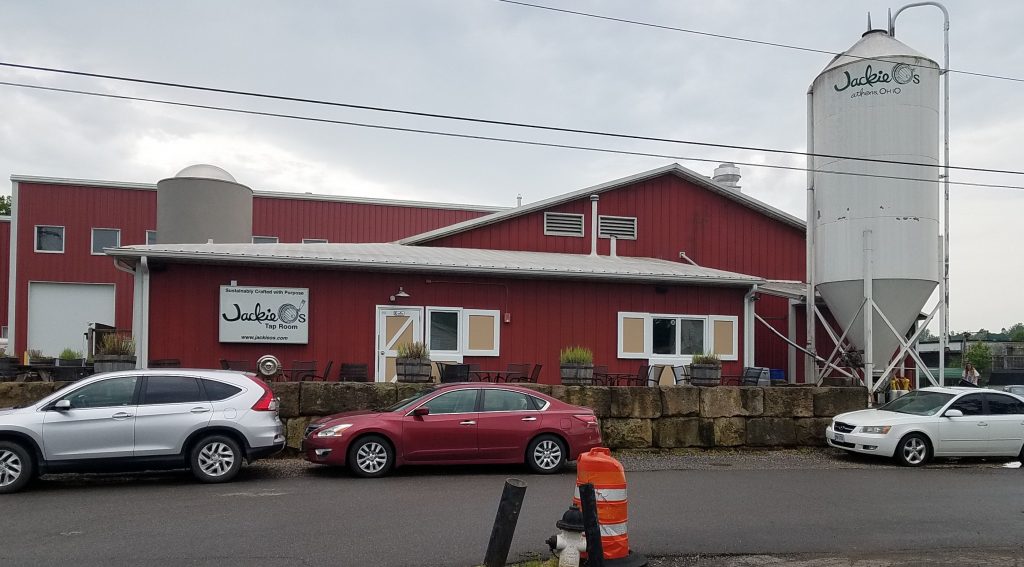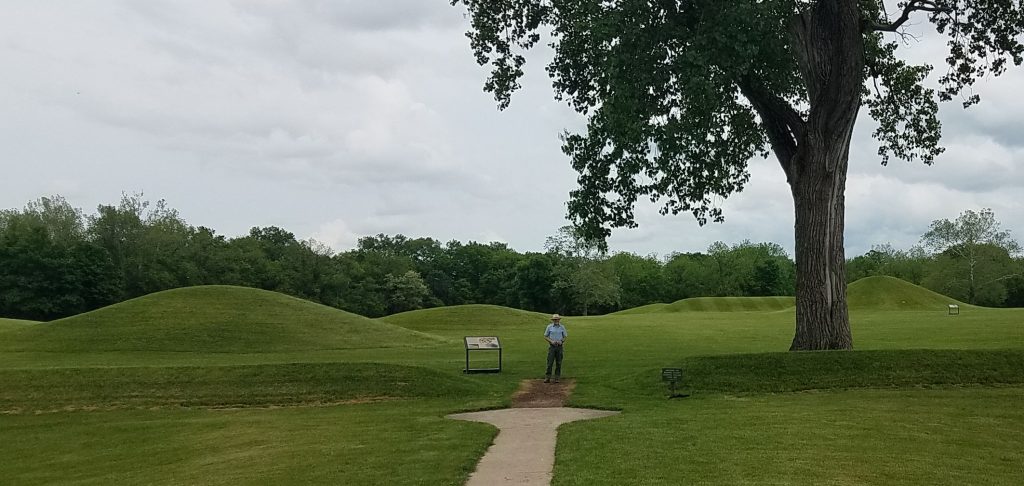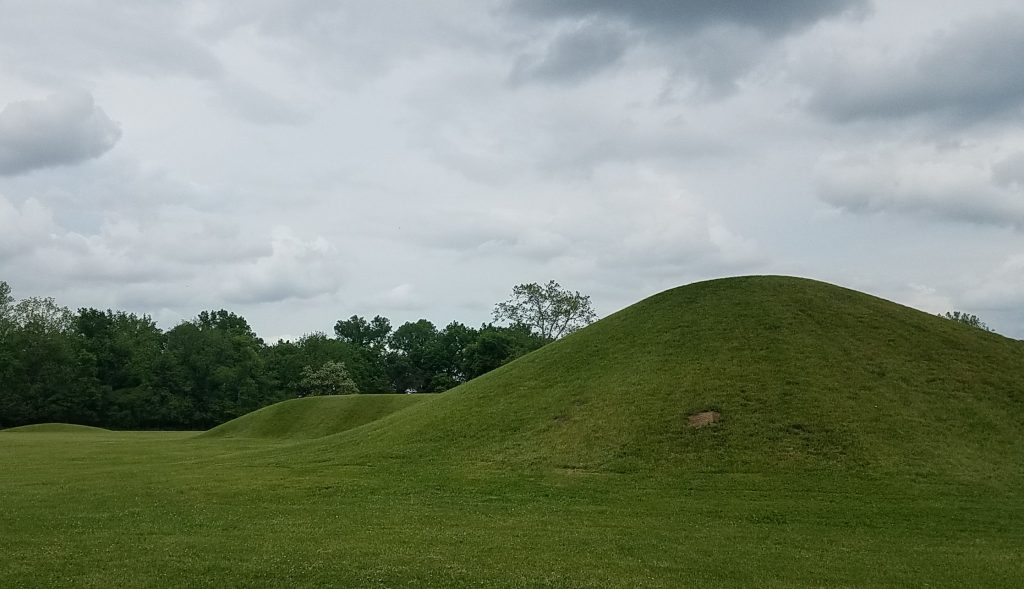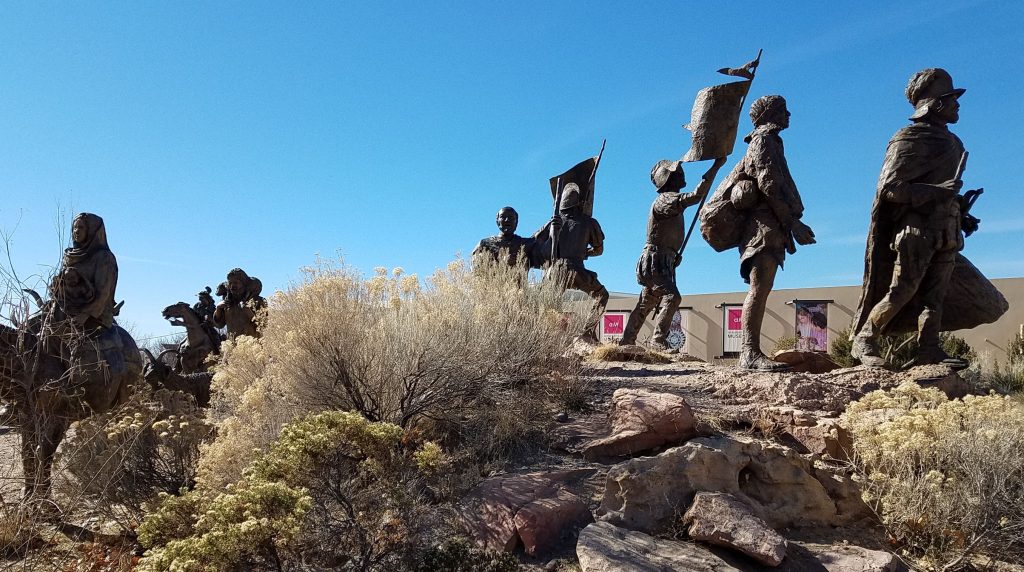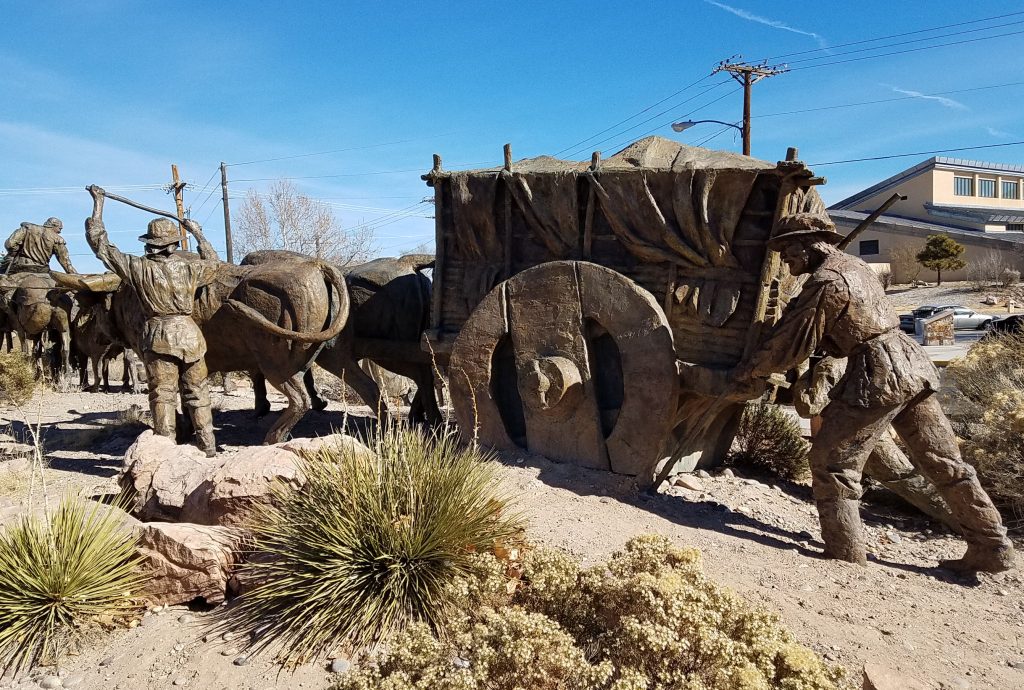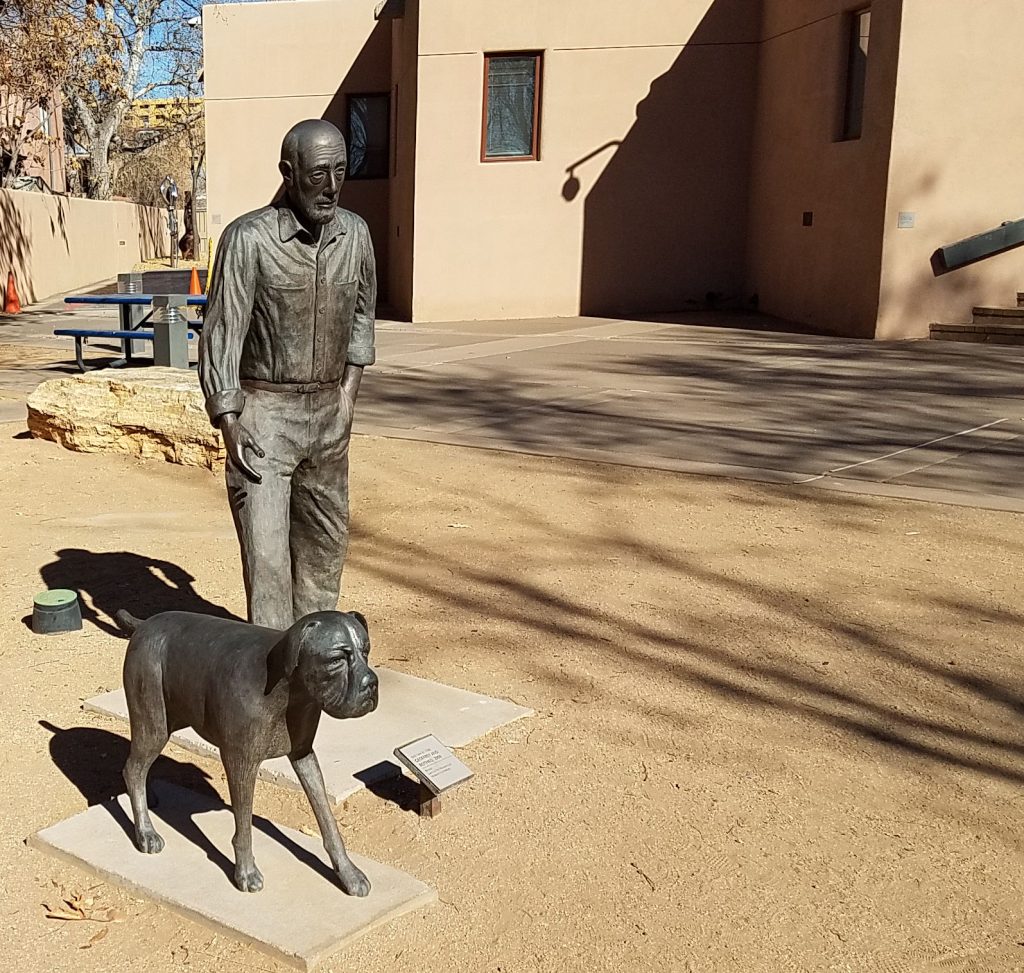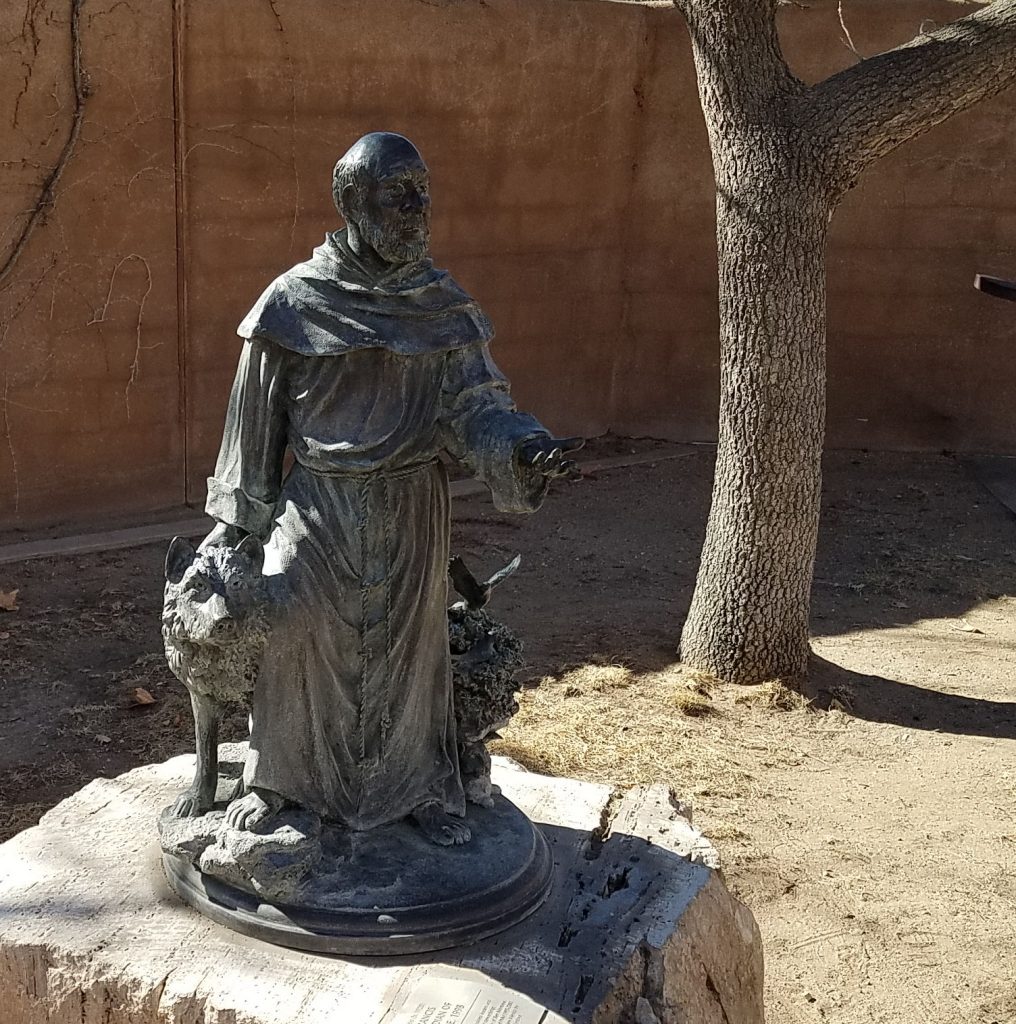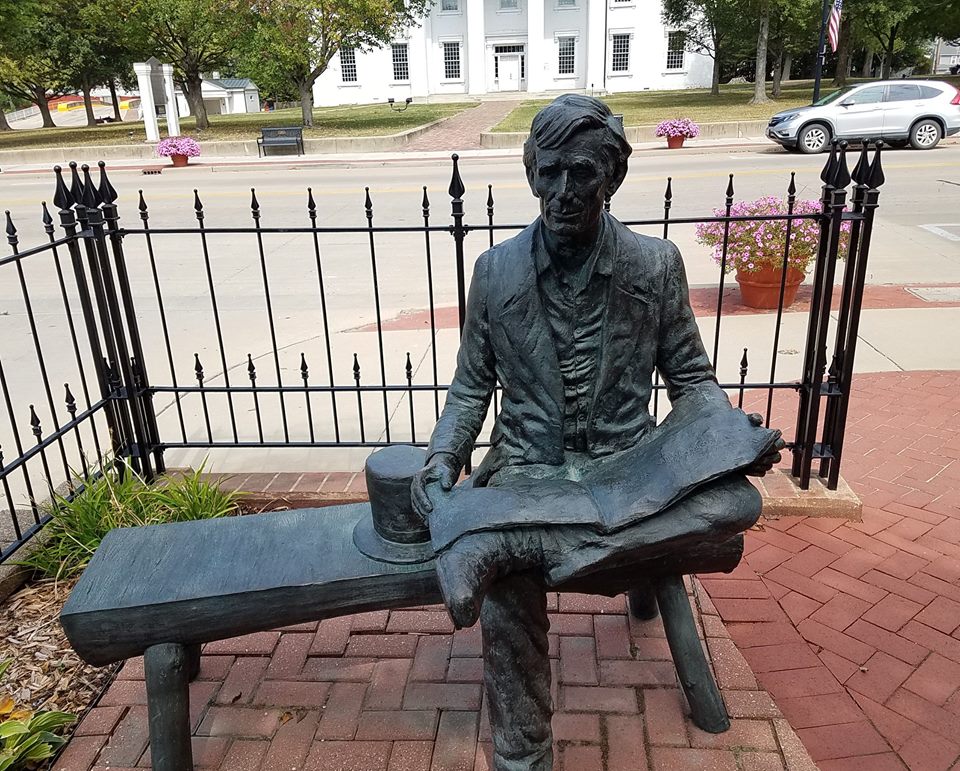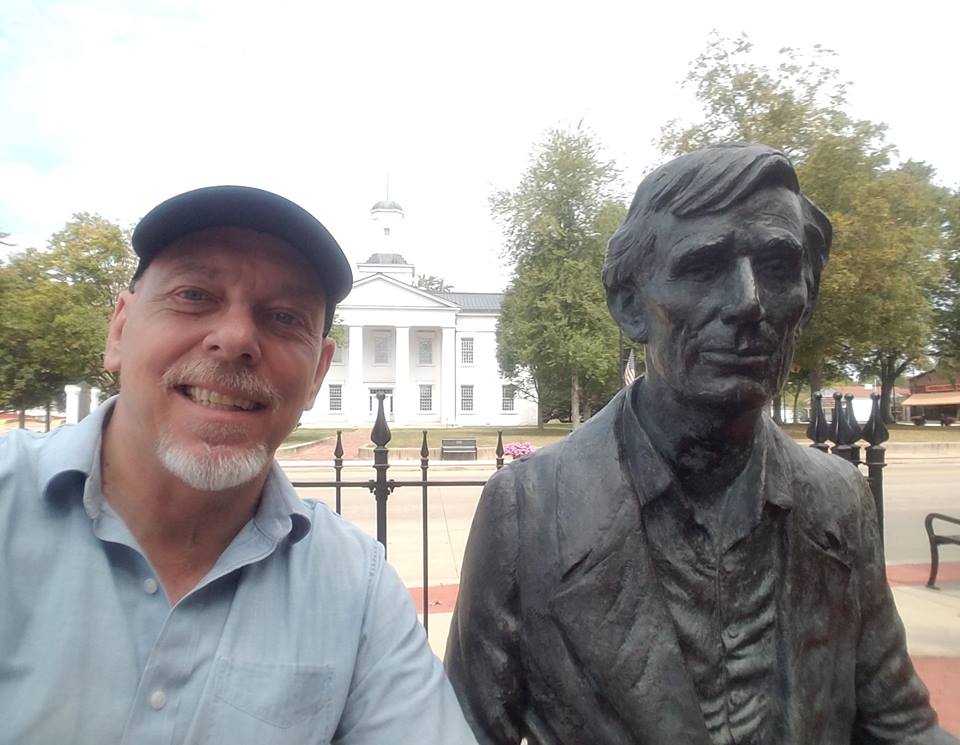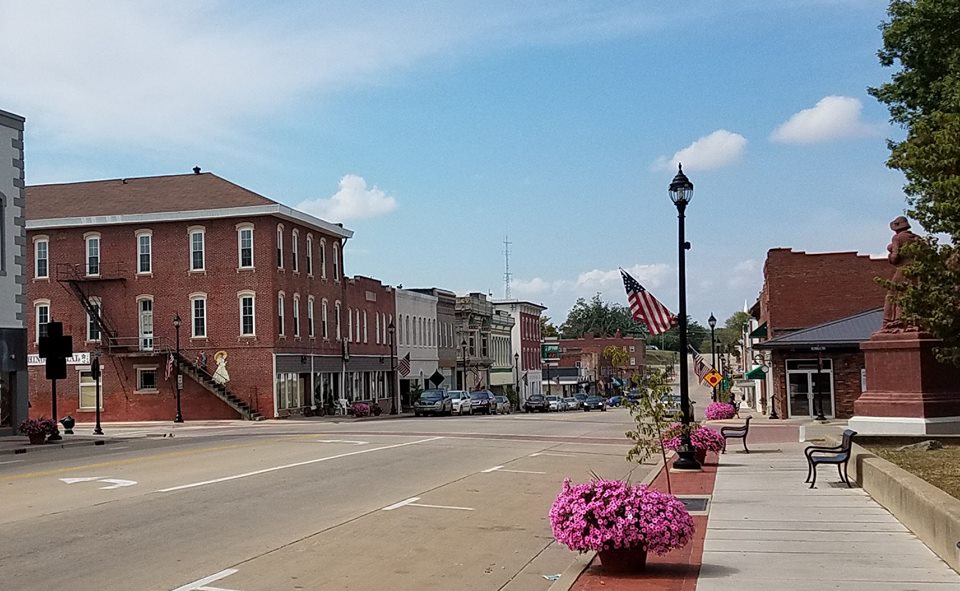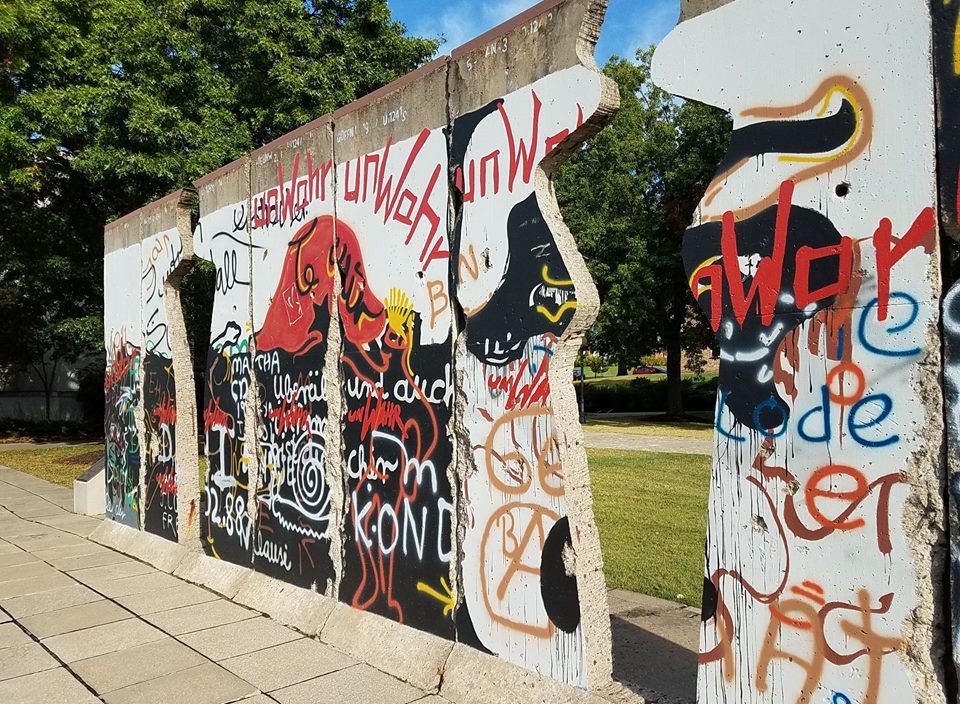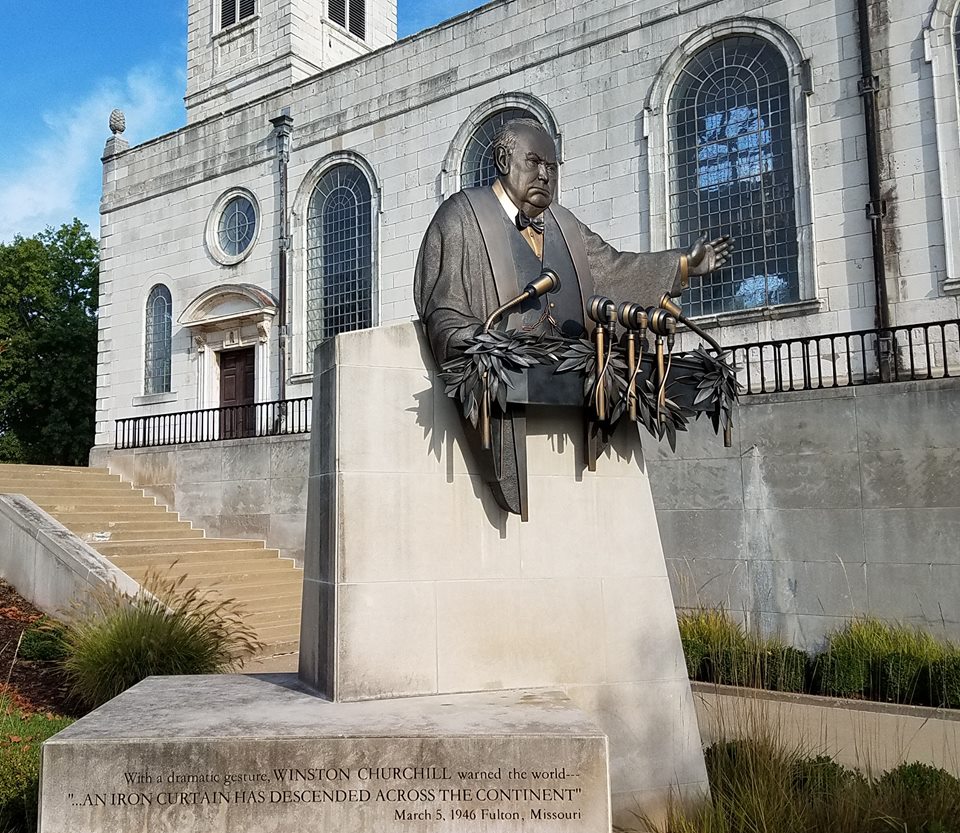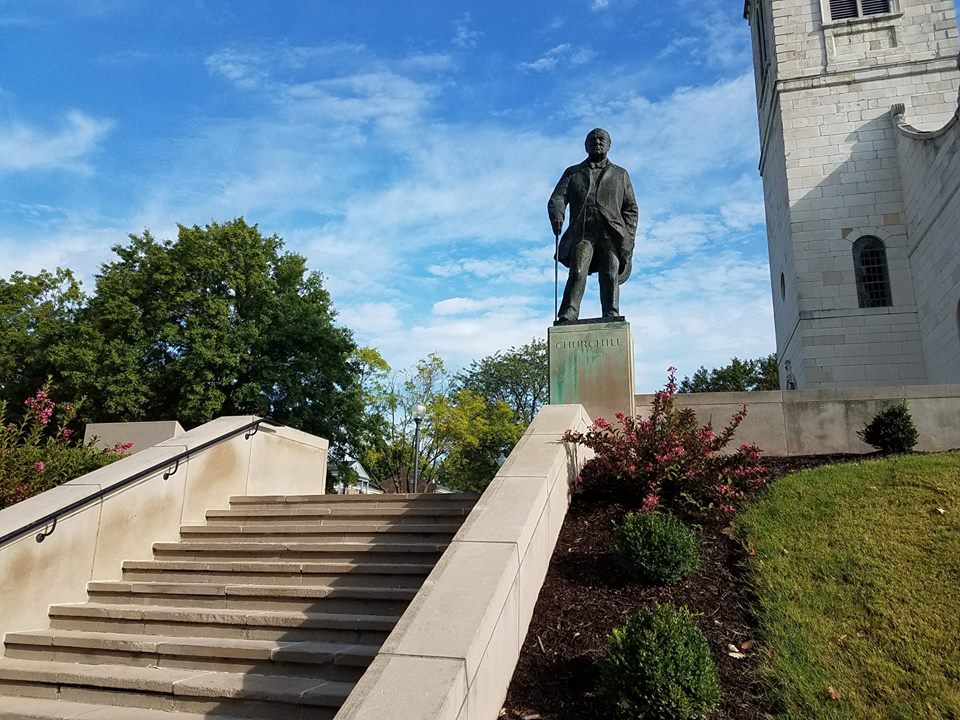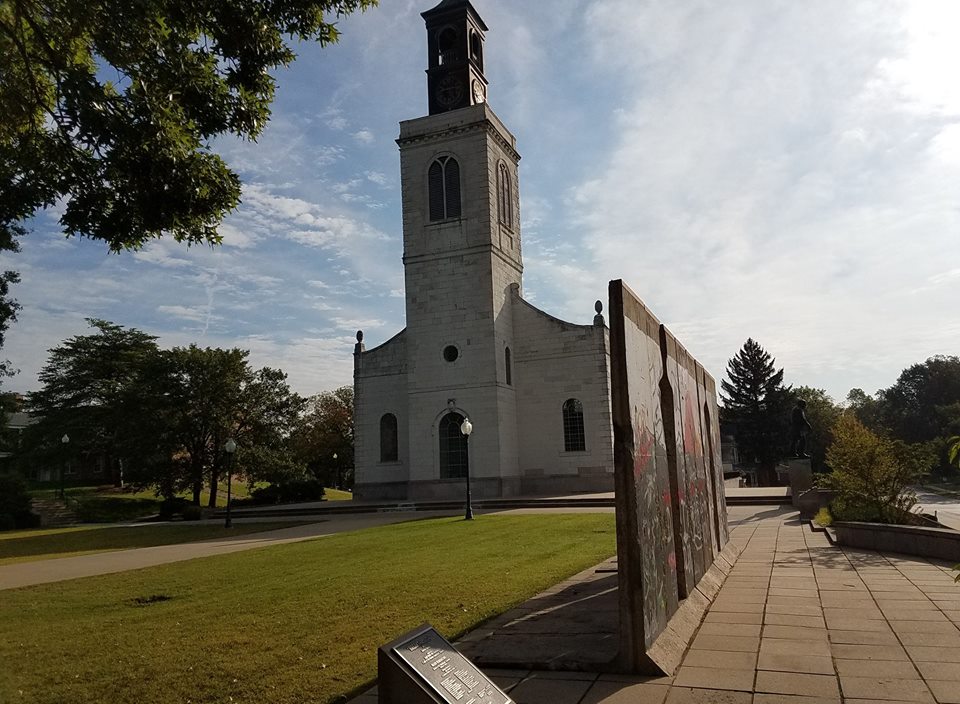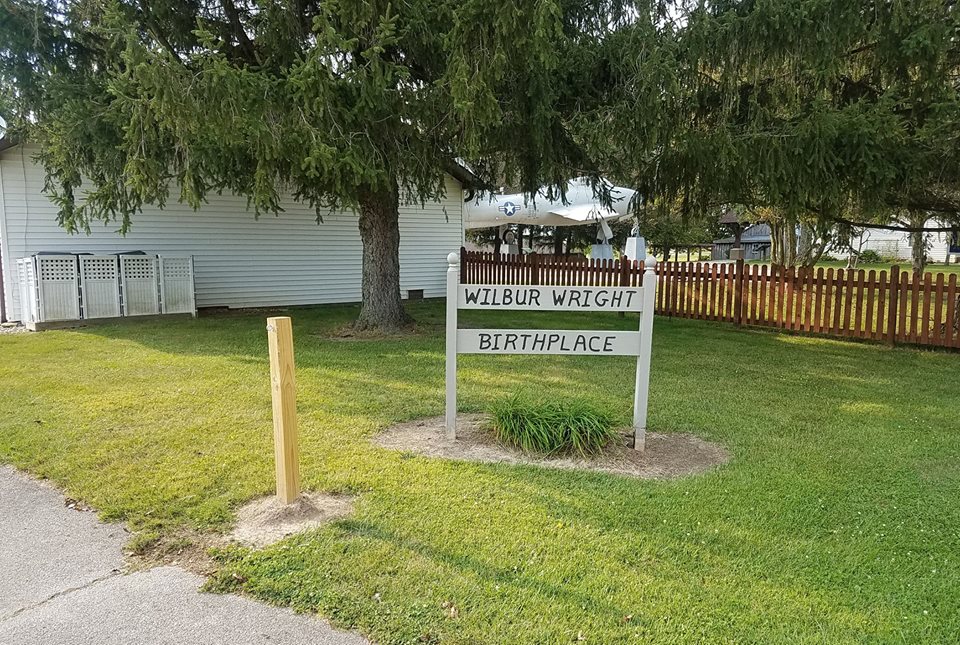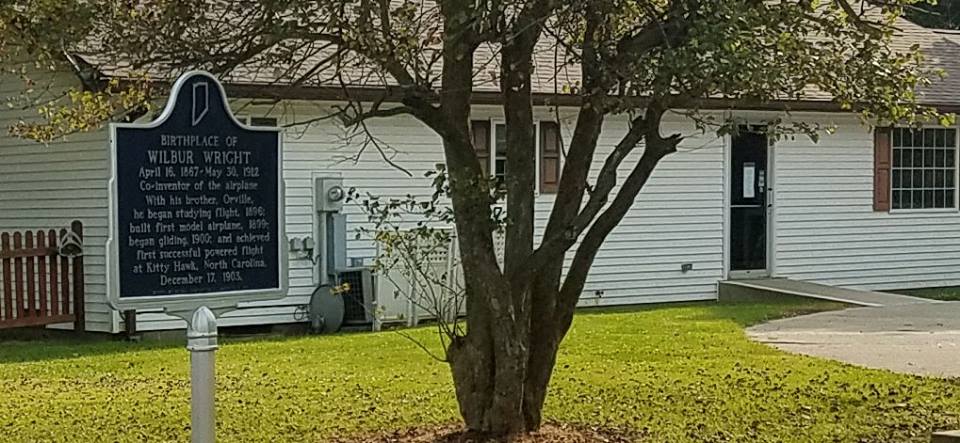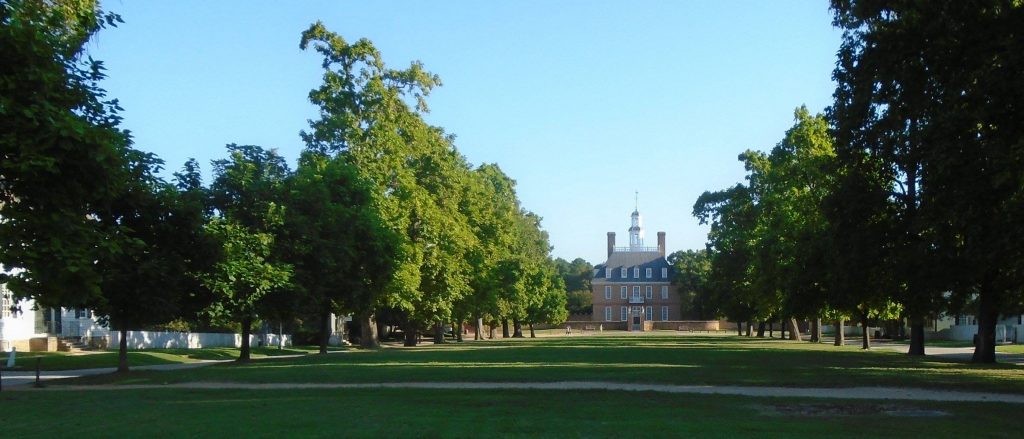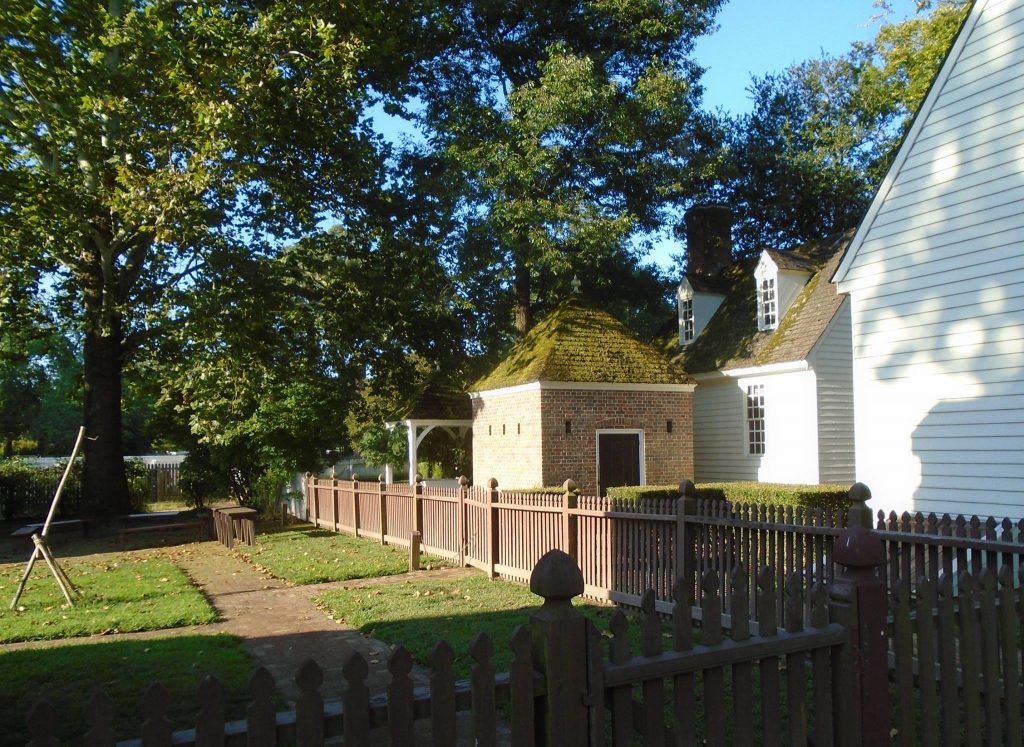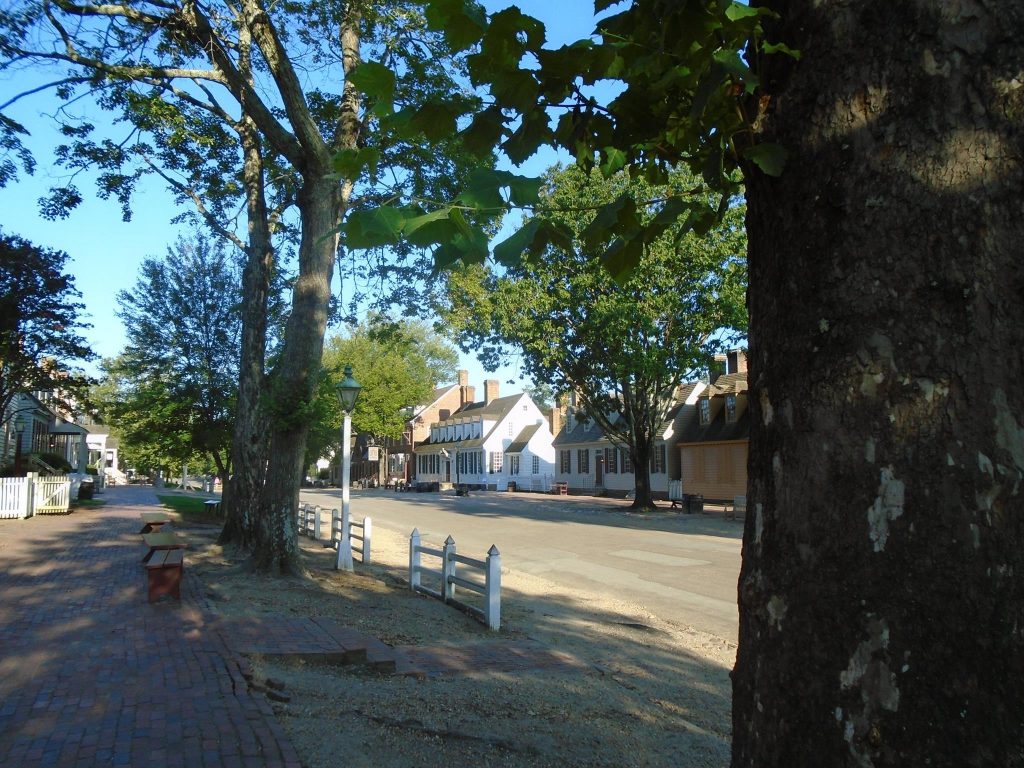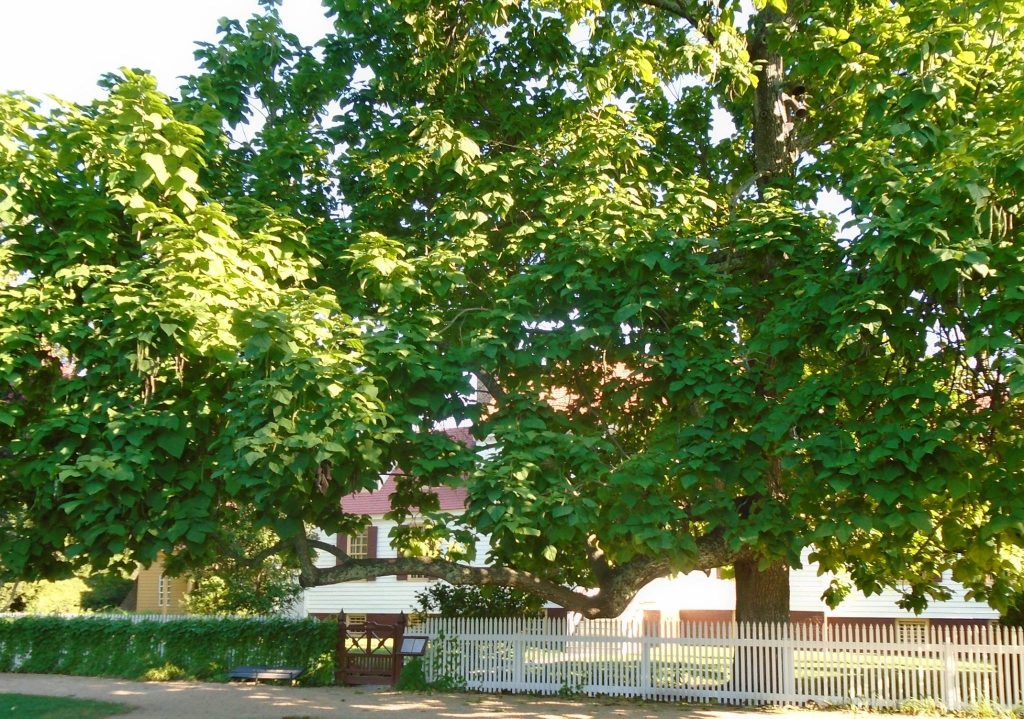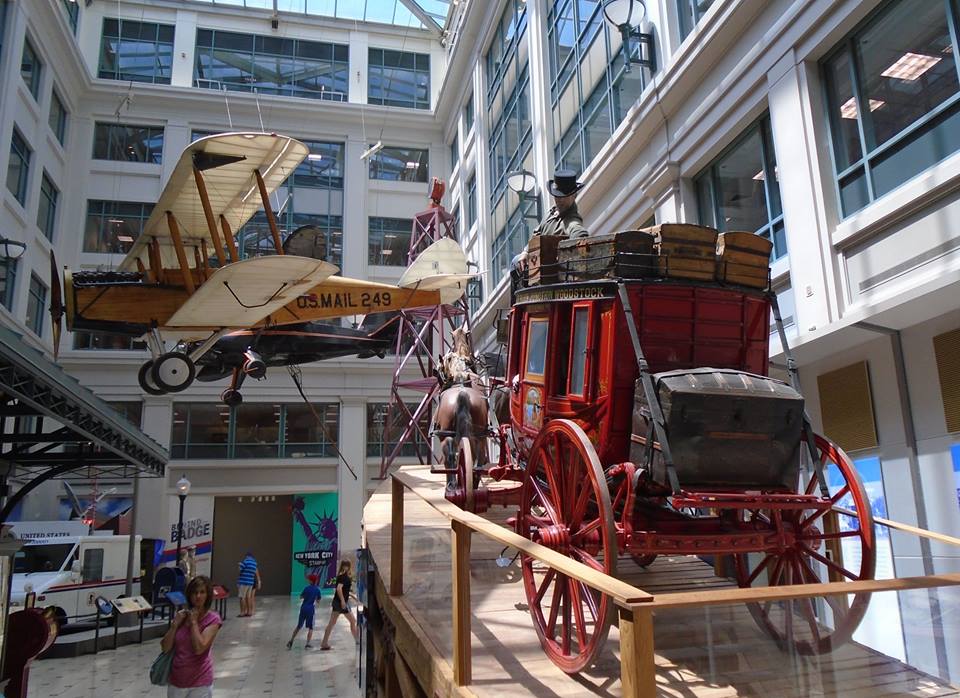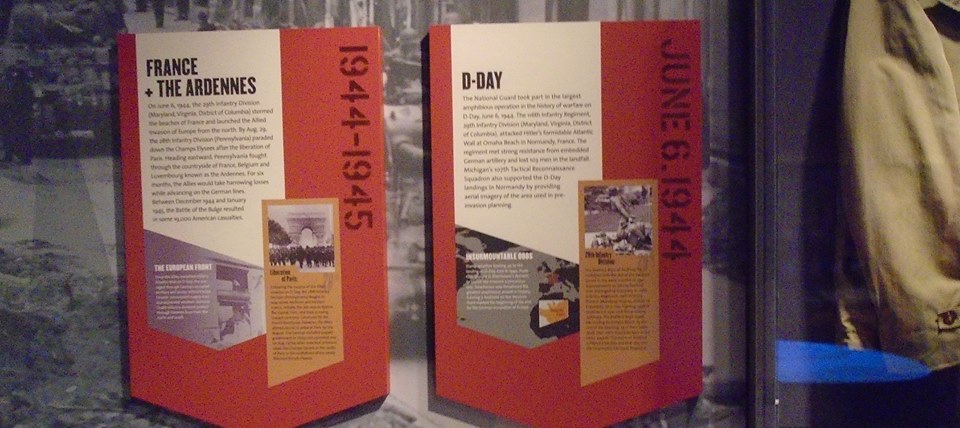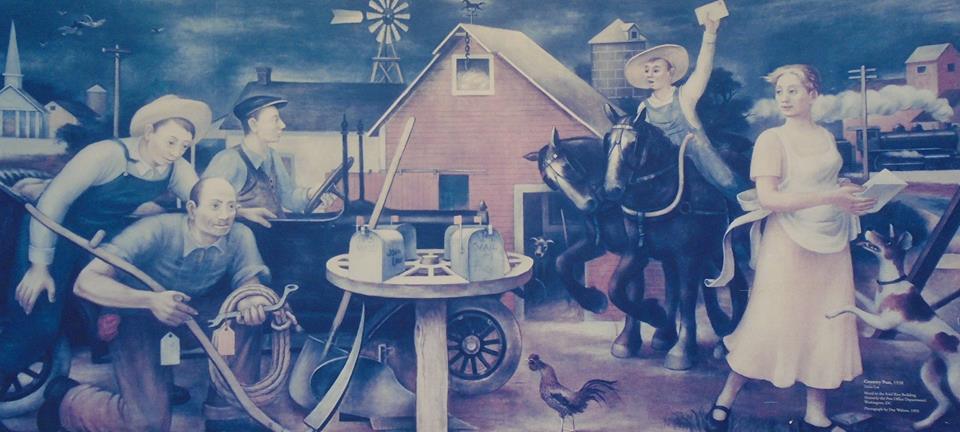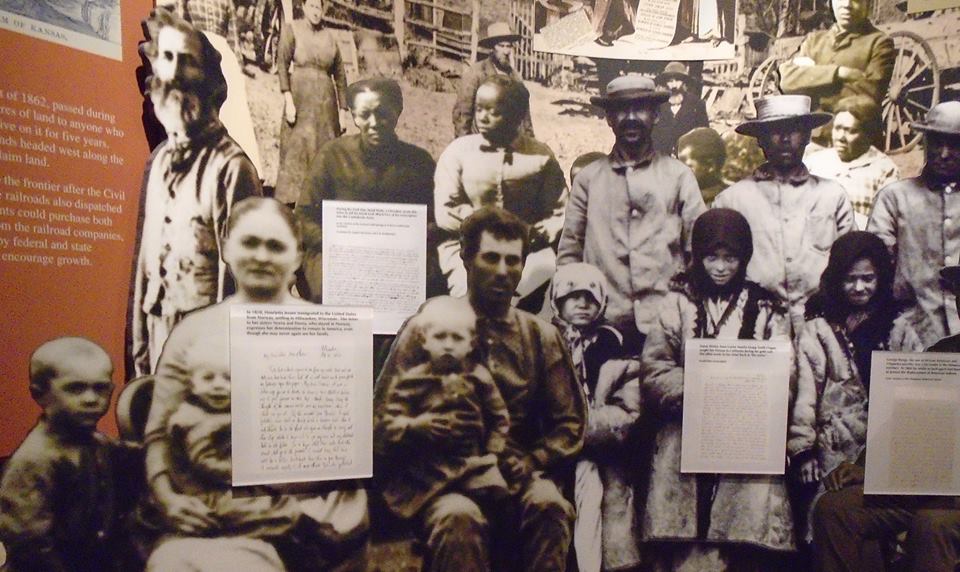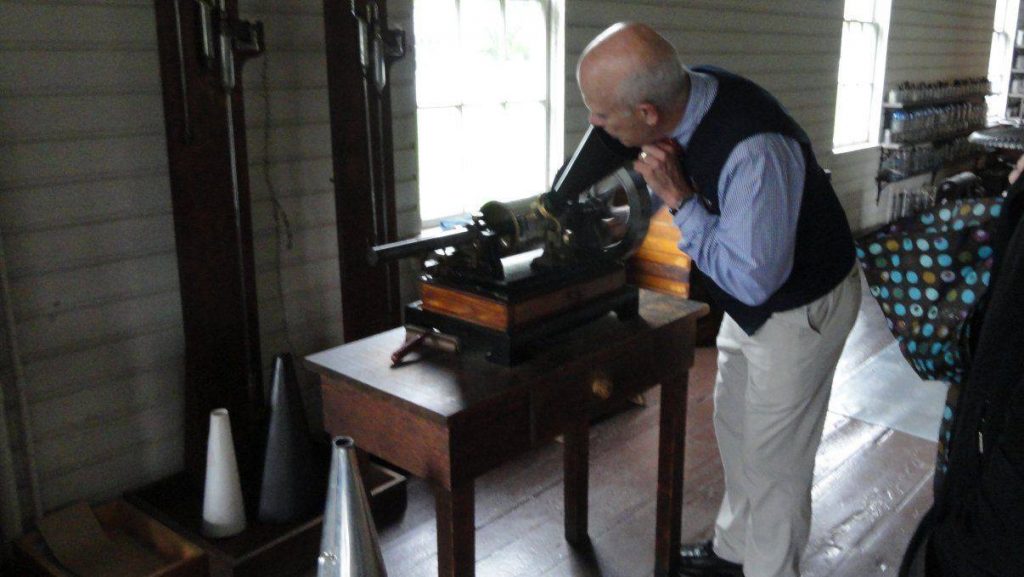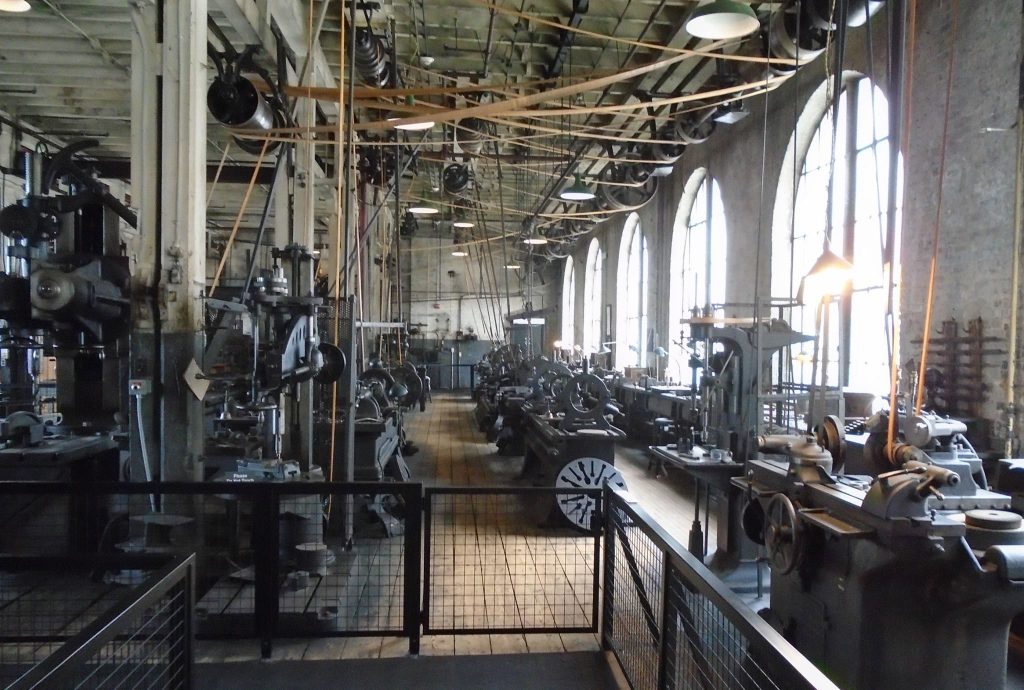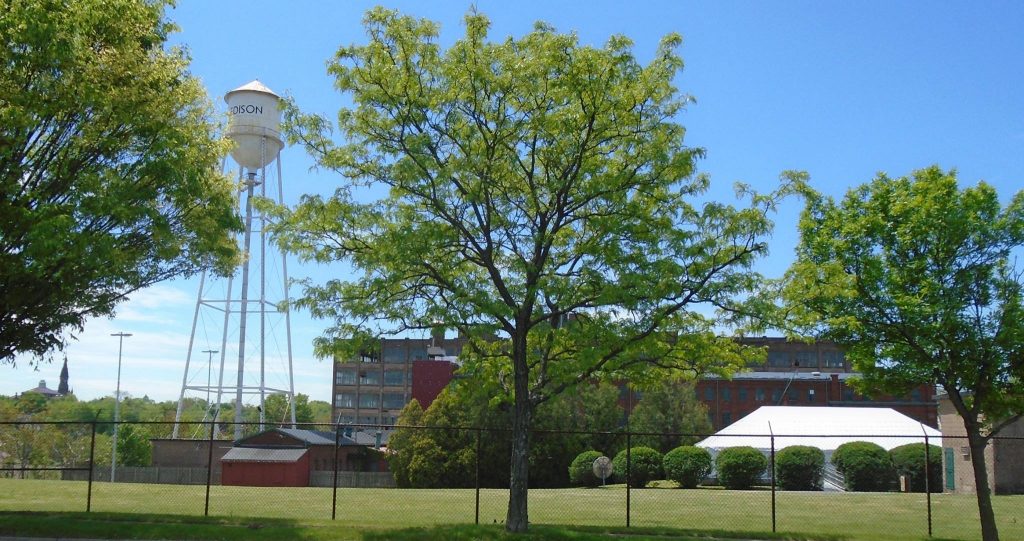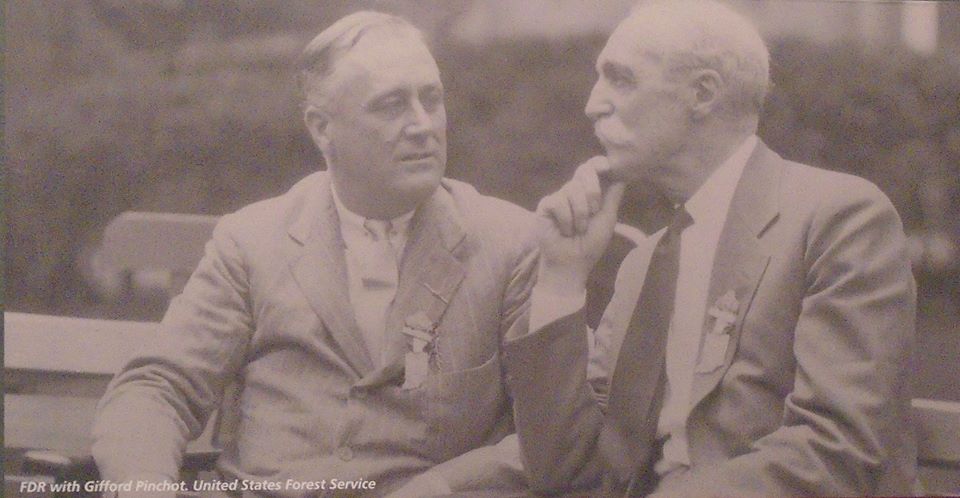
Thought I would visit some of the monuments and think about our democracy on a beautiful, low humidity Washington day.
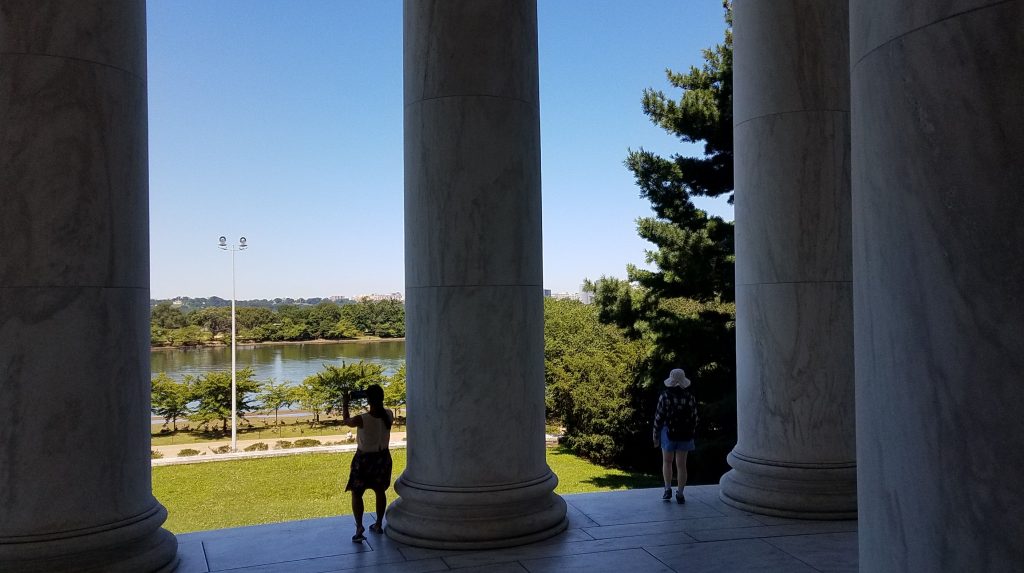
I have mixed feelings about monuments to flawed humans. We revere and remember great individual because of one or a few great ideas or deeds. The man himself is less important but it is too easy to slip into hagiography when in these temple-like monuments. Still and all, the mark makes a memory, so I seek them out.
Starting with Jefferson. Thomas Jefferson did not want a monument. He wanted to be remembered for his work and mentioned only three things, but they were good ones – “Author of the Declaration of Independence [and] of the Statute of Virginia for religious freedom & Father of the University of Virginia.” Jefferson is my favorite founding father. He was interested in everything and appreciated nature. I would have been great to talk to Jefferson, although I understand that he was a little shy.
John F. Kennedy’s Remarked at a Dinner Honoring Nobel Prize Winners of the Western Hemisphere. “I think this is the most extraordinary collection of talent, of human knowledge, that has ever been gathered together at the White House, with the possible exception of when Thomas Jefferson dined alone.”
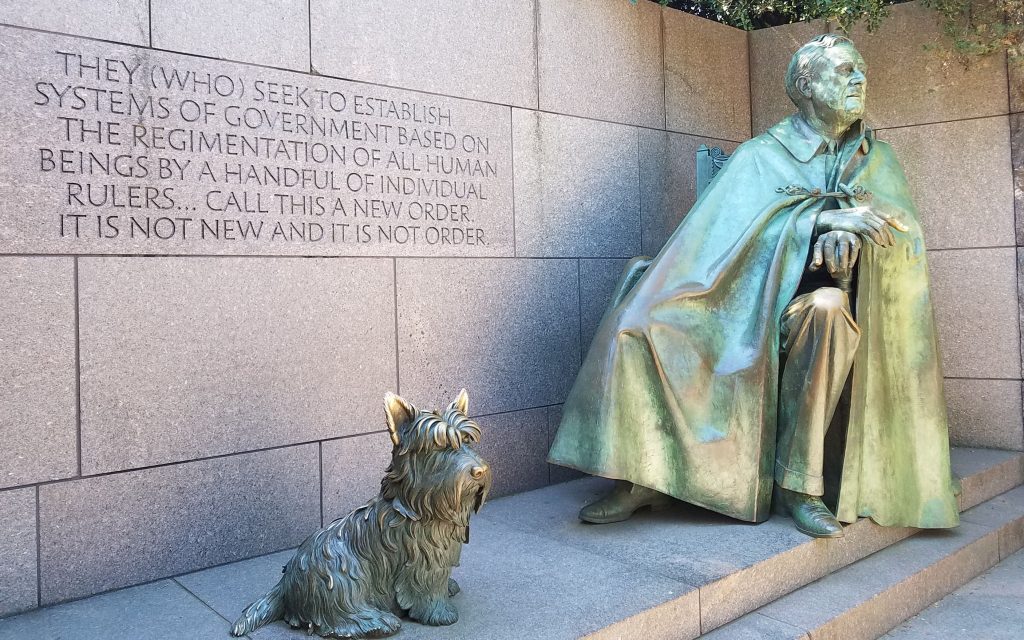
Next I visited FDR. Like Jefferson, FDR did not want a memorial, at least not a big one. He wanted a monument no bigger than his desk and that is what he had for a long time. There is a 3x7x4 block of marble near the National Archives. That is appropriate, but subsequent generations wanted something more.
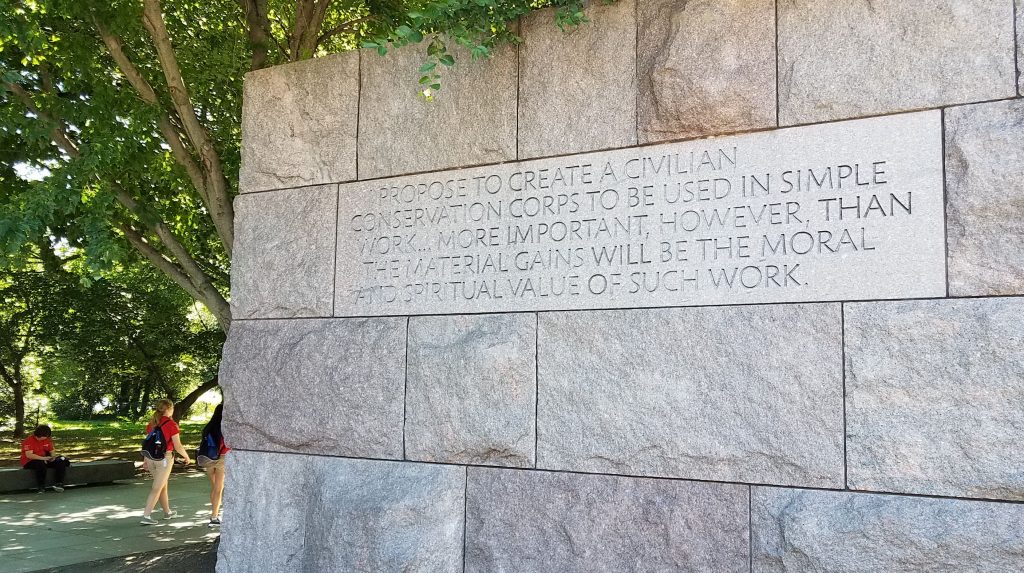
I have probably read more books about FDR than about anybody else and I made the pilgrimage to his house in Hyde Park. I appreciate his complex leadership style and his political genius and I really like his love of nature. He was a great conservationist and often described his profession as grower of trees. His establishment of the CCC was a great move. On the personal level, the CCC probably saved my father from delinquency and so made me possible, so say what you want about FDR, I have to like a guy so committed to conservation.
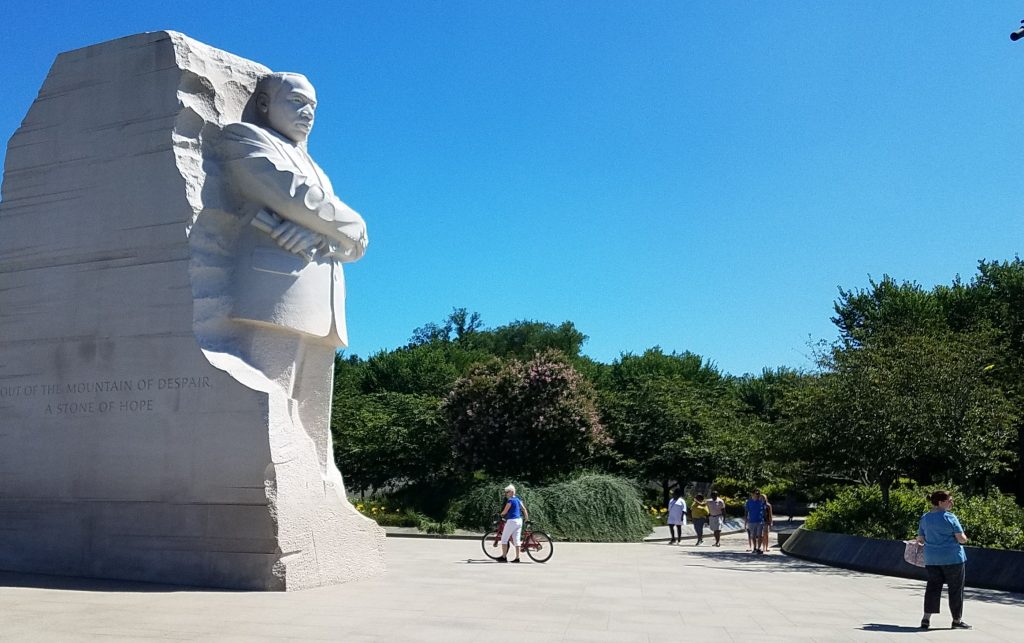
Next around the Tidal Basin is Martin Luther King. This is a new memorial. Jefferson was one of the founders of freedom; FDR protected it; Martin Luther King reminded the country that it freedom was for all Americans. His non-violent method used moral suasion, appealing to the better angels of American natures and so created a lasting legacy. I am not very fond of the statute, however. It is too stern & has that mid-century monumental feel. It was made in China and kind of looks like it was made in China.

Of course, I have not forgotten Washington and Lincoln, but I tend to ride past their monuments very often on my way to other places in Washington. I have to make a special side trip to see Jefferson, Roosevelt and King.
One more thing about monuments. We should be careful as lovers of democracy in creating monuments to individuals, both in stone and in our minds. IMO, we should construct no monuments to anybody until they have been dead for at least twenty-five years and certainly not to any living politician.

